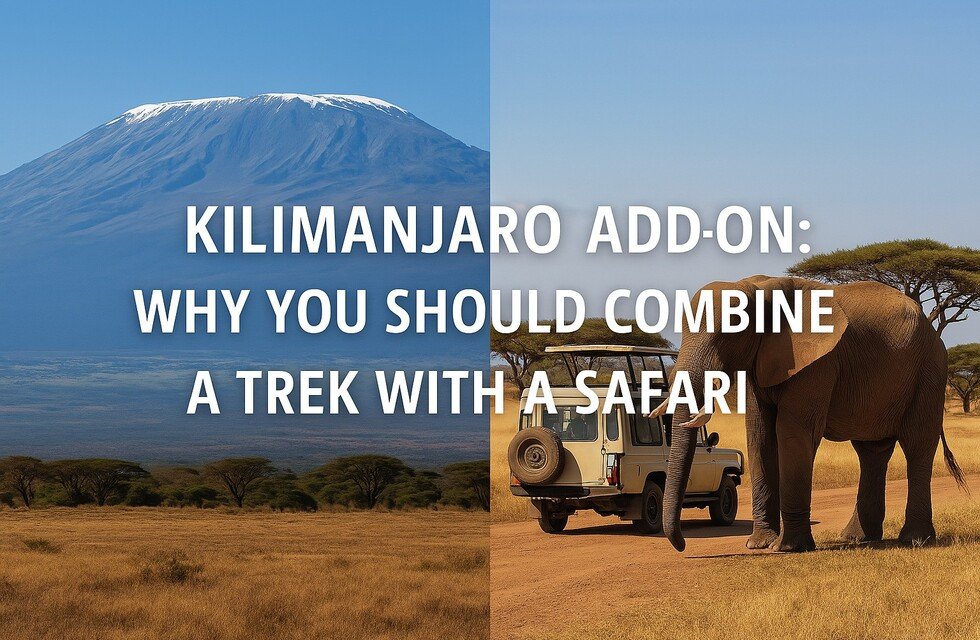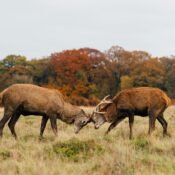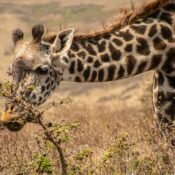
Kilimanjaro Add-On: Why You Should Combine a Trek with a Safari
When travelers dream of Tanzania, two images often come to mind: the towering, snow-capped summit of Mount Kilimanjaro and the vast, animal-rich plains of the Serengeti. Each destination is a masterpiece in its own right—one offering a physically rewarding ascent to Africa’s highest peak, the other delivering awe-inspiring wildlife encounters. But why choose between the two?
Combining a trek up Mount Kilimanjaro with a classic African safari is not just possible—it’s the ultimate Tanzanian adventure. This dynamic duo offers travelers the best of both worlds: the exhilaration of conquering a mountain and the magic of experiencing the wild in its purest form. Whether you’re an adventure seeker, a nature lover, or simply someone craving a diverse and immersive journey, a Kilimanjaro-safari combo is an unforgettable way to experience Tanzania’s majestic beauty.
Climbing Kilimanjaro: The Ultimate Achievement
Standing at 5,895 meters (19,341 feet), Mount Kilimanjaro is the tallest free-standing mountain in the world and one of the most sought-after trekking goals for adventurers. What makes Kilimanjaro special is that it’s a non-technical climb—you don’t need ropes or advanced mountaineering experience to reach the summit. However, it does require physical endurance, mental strength, and a strong will to adapt to high altitudes.
There are several routes to choose from—each offering a different experience in terms of scenery, duration, and difficulty. Popular options include the Machame Route, Lemosho Route, Rongai Route, and the Marangu Route. Treks typically last 6 to 8 days, allowing enough time for proper acclimatization.
One of the most unique aspects of climbing Kilimanjaro is the changing terrain. You begin in lush rainforest, transition into heath and moorland, trek through alpine desert, and finally reach the icy glaciers near the summit. It’s like walking through four seasons in a week.
Reaching Uhuru Peak at sunrise is an emotional moment for many climbers. The thin air, the golden light, and the panoramic view from the top of Africa—it’s a life-changing experience.
Why a Safari Makes the Perfect Add-On
After pushing your limits and achieving something extraordinary on Kilimanjaro, what better way to unwind and celebrate than by heading straight into Tanzania’s famous wildlife reserves? A safari offers the perfect balance of relaxation and excitement after the physical demands of a high-altitude trek.
Most Kilimanjaro treks start and end in Arusha or Moshi, which are conveniently located near several of Tanzania’s top national parks:
-
Serengeti National Park – Famous for the Great Migration and vast plains teeming with predators and prey.
-
Ngorongoro Crater – A UNESCO World Heritage site and one of the most concentrated areas for viewing wildlife.
-
Tarangire National Park – Known for its large elephant herds and ancient baobab trees.
-
Lake Manyara National Park – A small but lush park with tree-climbing lions and vibrant birdlife.
Because of this close proximity, transitioning from your climb to a safari is seamless. Many tour operators even specialize in combo packages that include both trekking and safari experiences, complete with transportation, guides, accommodations, and meals.
The Emotional Contrast: From Isolation to Abundance
One of the reasons combining Kilimanjaro with a safari is so powerful is because of the emotional and sensory contrast.
Climbing Kilimanjaro is a deeply personal journey. There are moments of silence, struggle, reflection, and solitude as you make your way upward. It’s a time for self-discovery, discipline, and quiet awe.
On the other hand, a safari is dynamic, social, and thrilling. The landscape is alive with motion—zebras galloping across the plains, lions lounging under acacia trees, herds of elephants slowly making their way to the waterhole. You go from introspective to expansive, from inward to outward. It’s the perfect way to balance your adventure.
Ideal Itinerary for the Combo
Here’s a sample itinerary to inspire your Kilimanjaro + Safari adventure:
Day 1-2: Arrive in Arusha and prepare for the trek
Day 3-10: Climb Mount Kilimanjaro via your chosen route
Day 11: Rest day or transfer to safari lodge
Day 12-14: Explore Serengeti and Ngorongoro Crater
Day 15: Return to Arusha for departure
You can always customize based on how many days you have and your preferred parks. Some adventurers prefer to start with the safari and save the mountain for the end, though most choose to trek first and then relax afterward.
Health and Recovery Considerations
Climbing Kilimanjaro is no small feat, and it’s essential to give your body time to rest and recover post-trek. A safari is an ideal way to do that while still experiencing something remarkable.
You won’t be walking long distances or enduring extreme altitude anymore. Instead, you’ll be in a comfortable safari vehicle, moving at a slower pace, soaking in the views, and letting nature do the entertaining.
If you’re short on time or energy, consider a shorter safari to Tarangire or Lake Manyara, both just a few hours from Arusha. For those who want to go all-in, extending the trip to include the Serengeti or even Zanzibar’s beaches makes for the ultimate end to your adventure.
A Photographer’s Dream
If you’re passionate about photography, this combo gives you two dream scenarios in one trip. From capturing the stark alpine landscapes and dramatic skies on Kilimanjaro to the golden light falling across a pride of lions in the Serengeti, the variety of photographic opportunities is unbeatable.
You’ll also have the chance to document people and culture—Maasai communities, porters on the mountain, and the vibrant life of Tanzanian towns and villages.
Practical Tips for Planning
-
Book early: Kilimanjaro permits and park entries require advance booking. Safaris are also best planned ahead for the best lodges and guides.
-
Train ahead of time: Kilimanjaro is accessible but demanding. A few months of cardio and strength training go a long way.
-
Pack smart: You’ll need different gear for the mountain and for the safari. Layering is key for both.
-
Choose reputable guides: Look for licensed Kilimanjaro operators and safari guides who prioritize safety and sustainability.
-
Vaccinations and travel insurance: Make sure your vaccines are up to date, and invest in good travel insurance that covers high-altitude trekking.
Final Thoughts
Combining a Kilimanjaro trek with a Tanzanian safari is the perfect fusion of challenge and reward, solitude and connection, heights and horizons. It’s not just a trip—it’s a journey that taps into every part of your being: mind, body, and soul.
You climb a mountain to find your strength. You go on safari to witness the wild. Together, they form a narrative of discovery that you’ll carry with you for the rest of your life.
So, if you’re planning a trip to Tanzania and you want it to be truly transformative—don’t choose between Kilimanjaro and safari. Do both.




